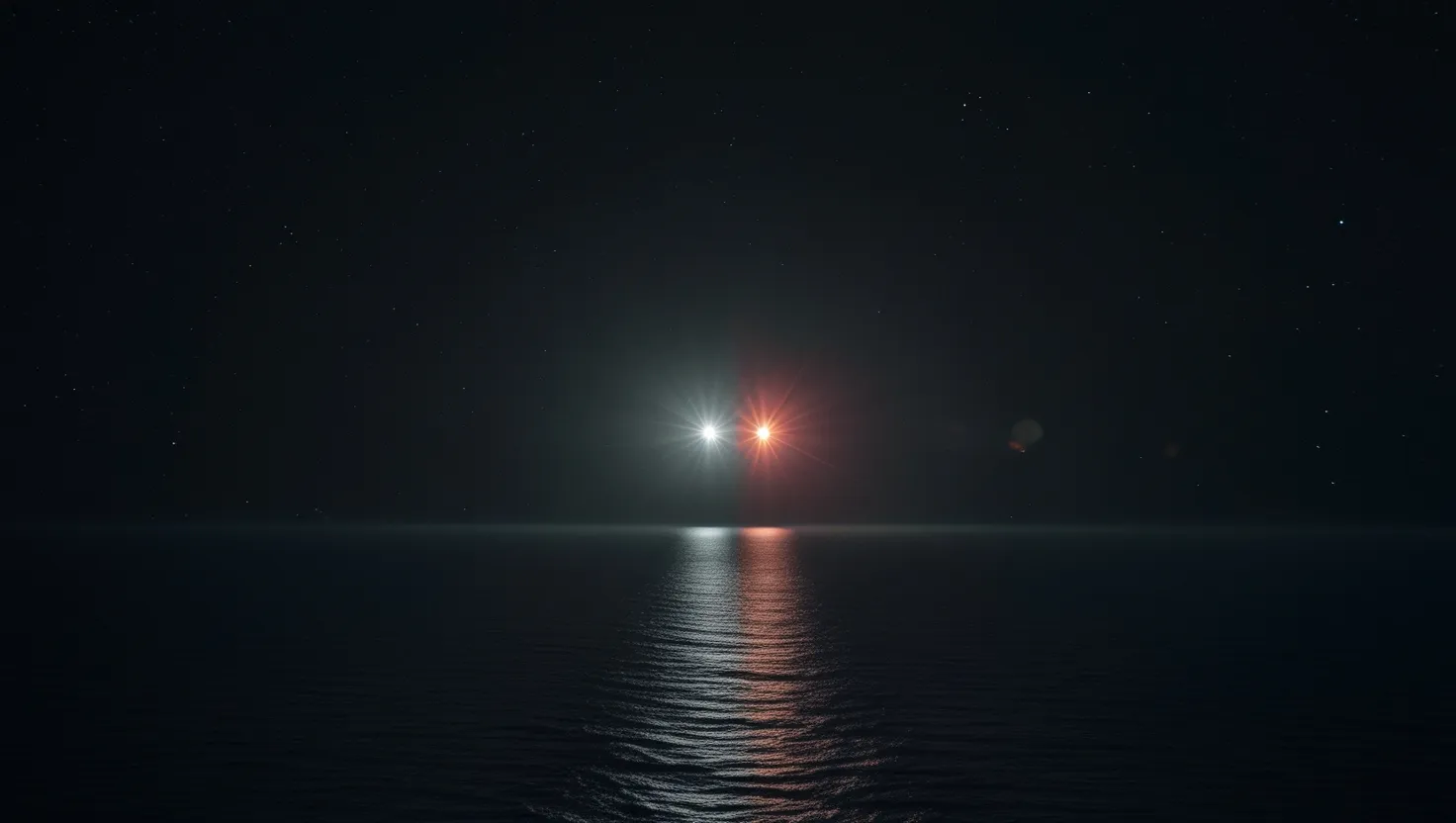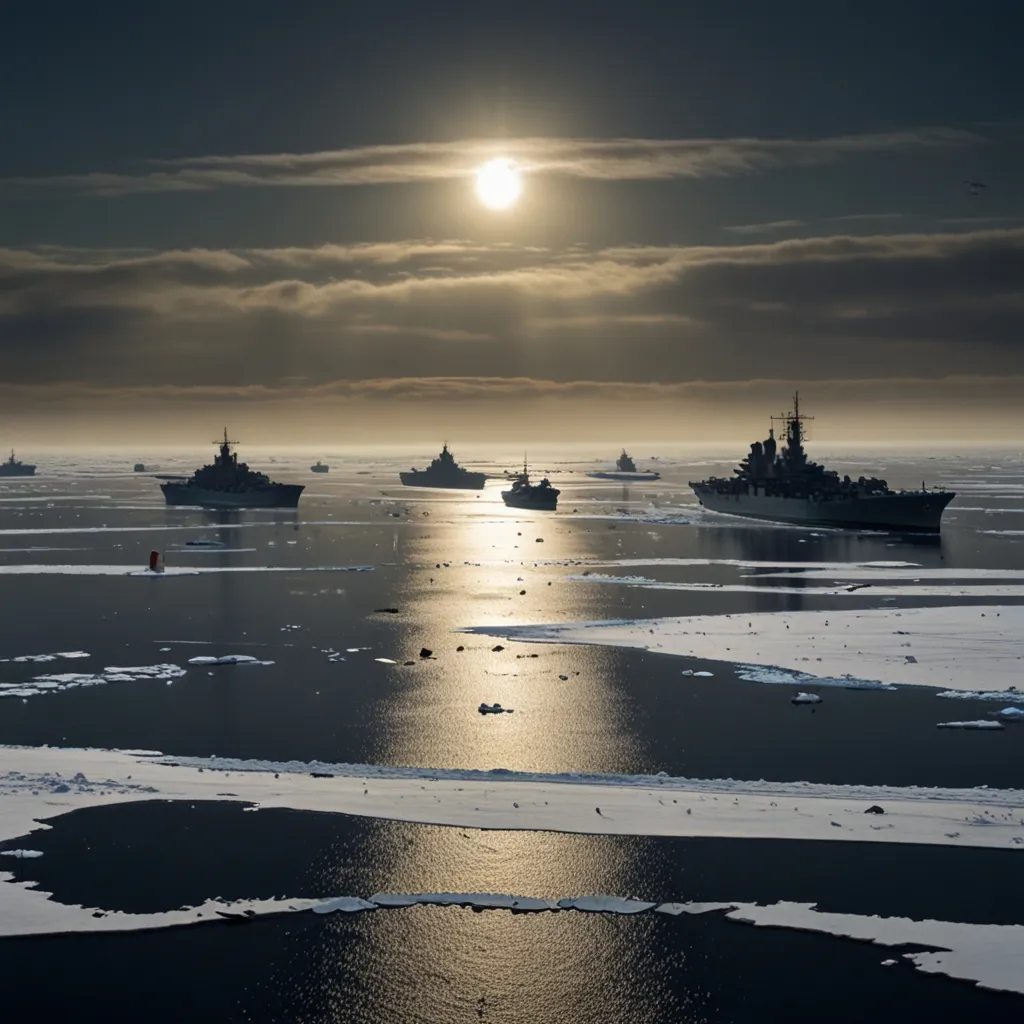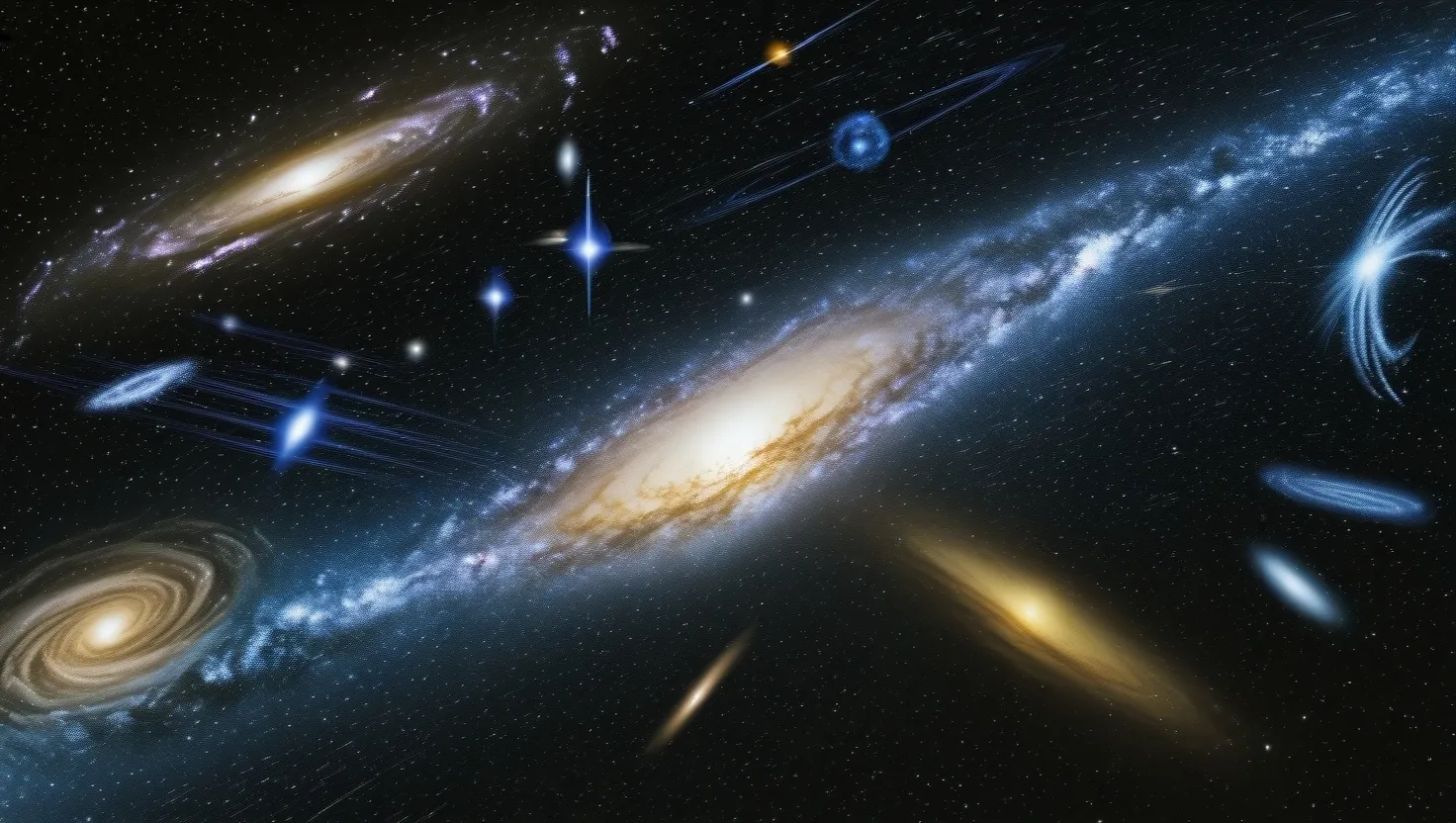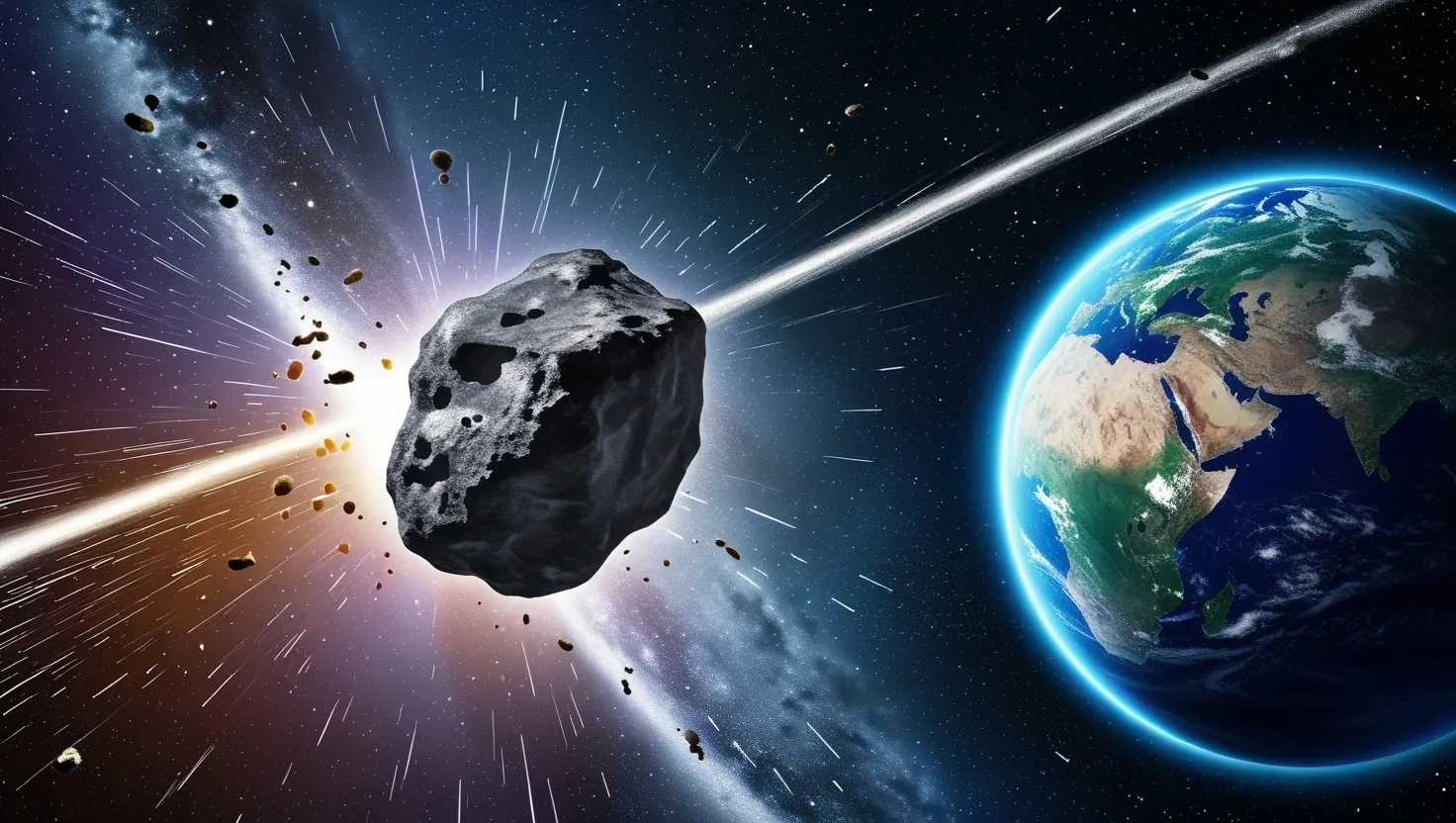It was a quiet night over the South Indian Ocean in September 1979 when a U.S. satellite, Vela 6911, picked up an anomalous signal, one that would go on to perplex scientists, historians, and policymakers for decades. The double-flash pattern it detected bore the signature of a nuclear explosion—an unmistakable fingerprint characterized by an initial intense burst of light followed by a second, longer-lasting flash. But the air sampling missions sent to scour the region afterward found no trace of radioactive debris. Despite decades of investigation and debate, the mystery of the “Vela Incident” remains unresolved. What really happened that night?
Let’s begin with this peculiar fact: Vela 6911 was an aging satellite, its systems not as sharp as they once were. Some experts have argued that the satellite’s advanced age made it prone to errors—a least dramatic explanation that some find too convenient. Others contend it detected a nuclear test, pointing to South Africa and Israel as potential culprits. Both countries, at the time, were rumored to have collaborated on nuclear weapon development. But why would a nuclear test—an act of monumental political risk—be conducted in one of the most remote corners of the ocean? And how could it leave behind no fallout?
“Facts are stubborn things,” John Adams once said. “And whatever may be our wishes, our inclinations, or the dictates of our passions, they cannot alter the state of facts and evidence.” Indeed, the evidence in the Vela Incident is as stubborn as it is sparse. For every argument that hints at a nuclear explosion, there’s an equally compelling counterargument. Consider this: in over 40 prior cases where a Vela satellite detected a double flash, follow-up analysis confirmed a nuclear test. Yet this time, the expected radioactive signatures refused to show themselves.
Was it a neutron bomb? A neutron bomb, designed to maximize radiation damage while minimizing fallout, could explain the absence of detectable isotopes. It’s an enticing theory, but it raises questions about technical capability. Could such a weapon have been developed in secrecy by South Africa or Israel? This question invites speculation, but it also highlights how limited our understanding was—perhaps still is—of unconventional nuclear weapon designs.
But what if it wasn’t a bomb at all? Some scientists have suggested that the double flash might not have been man-made. Could a micro-meteor have struck the Vela satellite, creating a luminous reflection that mimicked a nuclear pattern? This hypothesis, however, has been met with skepticism. The double-flash signal was too distinct, too closely aligned with known nuclear characteristics to be dismissed as random. Adding to the mystery was the detection of an anomalous ionospheric wave—a disturbance in the Earth’s upper atmosphere—that coincided with the time and location of the flash. If not a nuclear test, then what natural event could cause such phenomena?
The geopolitical context of the late 1970s adds another layer of intrigue. The Cold War was in full swing, and distrust ran deep between nations. If the Vela Incident was indeed a nuclear test, the stakes for any revealing nation would have been enormous. Acknowledging it could have triggered sanctions, worsened global relations, or even prompted military retaliation. It’s no wonder that secrecy and denial have clouded the event. And yet, we must ask: does silence prove guilt? Or could it be that the event genuinely defied existing frameworks of explanation?
“Science is the great antidote to the poison of enthusiasm and superstition,” Adam Smith once observed. In the years following the Vela Incident, science indeed stepped into the void, as researchers with access to declassified data and more advanced computational tools revisited the puzzle. Some proposed that it might have been an atmospheric phenomenon, perhaps a rare type of lightning or an unknown interaction between space debris and Earth’s atmosphere. Others pointed to hydroacoustic data, which detected no large-scale underwater shockwaves, as evidence that no explosion occurred at all.
Let’s consider a contrarian view for a moment: what if the lack of fallout wasn’t evidence against a nuclear test but rather a testament to its sophistication? A test conducted inside a dense cloud or underwater could, theoretically, mask the radioactive debris. Could this suggest a level of technological advancement far beyond what was publicly acknowledged at the time? Even today, this idea feels closer to speculation than proof, but it underscores how much we still don’t know about the full range of nuclear testing methods.
But why does this mystery endure? Why do we keep coming back to it, decades later, with fresh eyes and new theories? Perhaps it’s because the Vela Incident wasn’t just a historical anomaly; it was a wake-up call about the limits of our monitoring technology. It exposed the gaps in our ability to distinguish between the artificial and the natural, the routine and the extraordinary. What other phenomena might we be missing—or misunderstanding—in our efforts to keep watch from above?
And here’s a question to ponder: does it matter if we never definitively resolve the Vela Incident? Some would say yes—that without closure, the incident represents a failure of accountability. Others might argue that the real lesson lies in the process of investigation itself: the continual push to improve our methods, to question our assumptions, and to remain vigilant against the unknown.
“Absence of evidence is not evidence of absence,” Carl Sagan famously said. The Vela Incident exemplifies this maxim. Whether it was a nuclear test, a natural phenomenon, or something else entirely, its legacy is a reminder that mysteries don’t always need definitive answers to teach us valuable lessons. Sometimes, the act of asking the questions is what truly matters.






